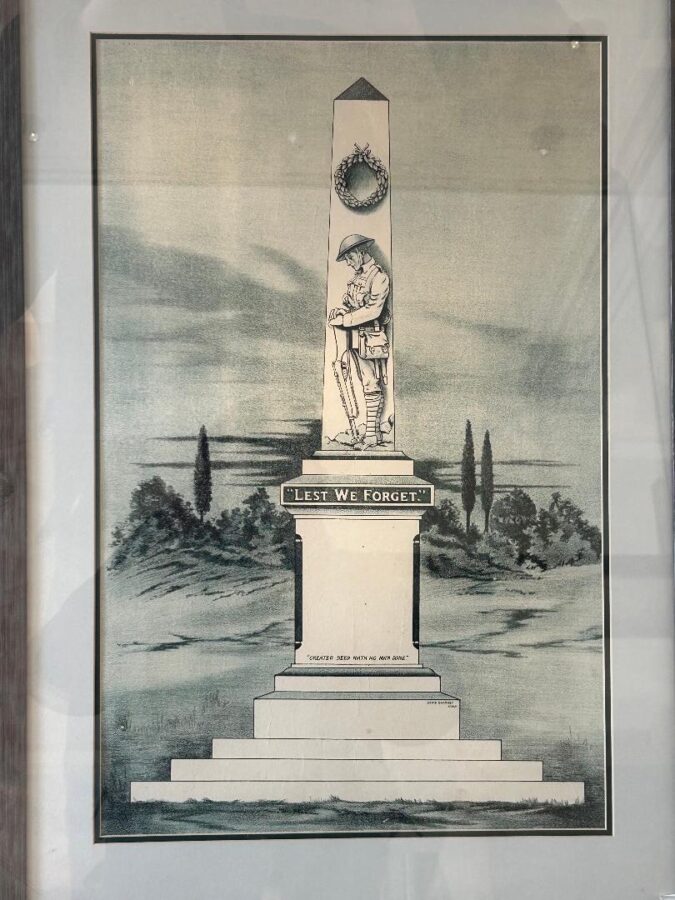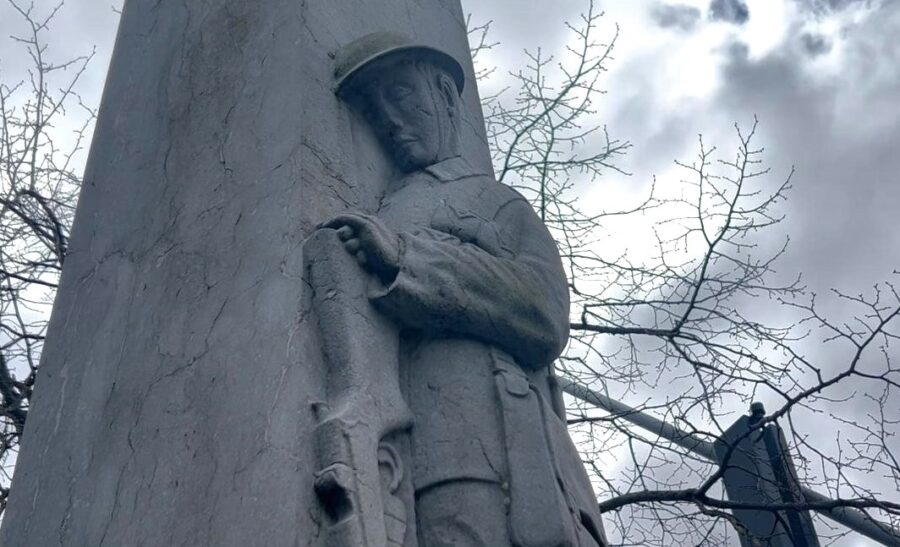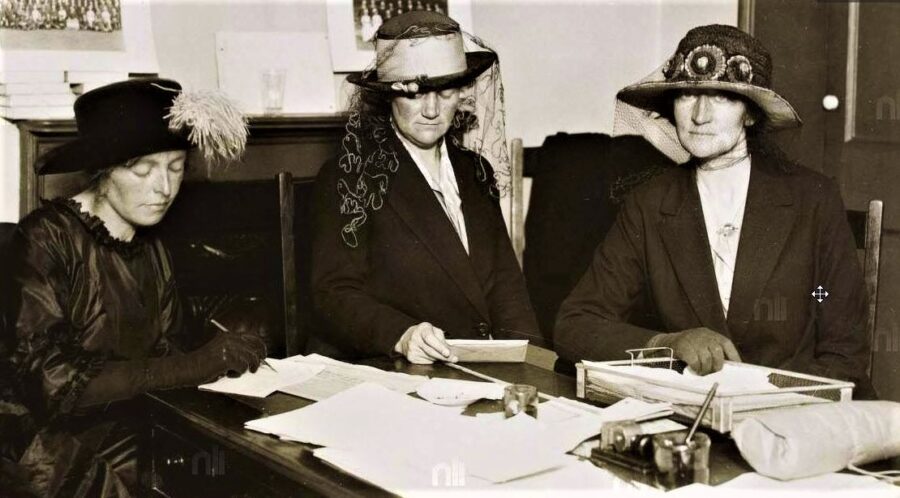
Kieran’s Our City, Our Town Article,
Cork Independent, 24 April 2025
Making an Irish Free State City – The Lest We Forget Inscription
On 17 March 1925 at the new Great War Memorial on Cork’s South Mall General Stanish Harrison, who was a former commanding officer of the Royal Munsters, having formerly served with the King’s Liverpool Regiment, unveiled the memorial. He was extended a very hearty welcome by the Independent Ex-Service Men’s Club who commissioned the memorial.
The Cork Examiner, the following day, after the unveiling outlined the event and the speeches given. General Harrison said he considered it a very great honour to be asked to come to Cork to unveil such a memorial to the comrades whom they had lost. He deemed the event as one of mourning and remembrance to those who sacrificed their lives;
“Their comrades had shown them the road – God bless them and God bless all those whom they had left behind and bring them happiness in the present life until the time came for them to join their former comrades. The monument was erected to the memories of some one thousand men, though that was not anything like the number of men who made the supreme sacrifice from the county of Cork. It was a very worthy monument, and I have great pleasure in unveiling it”.
General Harrison availed of the occasion to ask the Government of the country to see their way to help the families of those who had fallen and also to help many of whom who had connections to the war and who were now poor and hungry. He commented; “They deserve every help that the Government could give them, and I feel sure that such help would be forthcoming. God save the King and God save Ireland”.
At this stage General Harrison drew the Union Jack from the monument and the memorial was unveiled to the sounding of the Reveille by a party of massed buglers, directed by bands master Mr Deane of the Greenmount Industrial School Band.
Deputy Michael Egan TD, a Cumann na nGaedheal or government representative, then addressed the gathering and said it was his proud privilege to be associated with the ceremony of the unveiling of that beautiful monument to the men who went out and fought and died so that their fellow countrymen and women could live in peace. He noted his support of the unveiling; “I am glad to be associated with the body of men who came together and showed they had not forgotten their fallen comrades by erecting that memorial to their memory. It had for its motto appropriate words, Lest We Forget, because it was their duty not to forget the brave deeds of the men who went out and died on behalf of the small nations of the world”.
Deputy Egan continued that when a question was raised in connection with the erection of the monument some friends and himself stepped up because they saw no reason why Irishmen who died abroad could not be remembered by the people whom they served, and a memorial put up to their memory in their native city. He called upon the Irish Free State government to pursue their duty to see that the men who went out and fought, as well as the dependents of those who fell in the fight should be well catered for, and not be allowed to go into poverty and distress; “As far as I am concerned it is my duty to assist in every way in seeing that they would be well looked after…I promise that whatever I can do on their behalf would be readily done”.
Cllr John Horgan said he was also delighted at the opportunity afforded him by the invitation of the ex-servicemen of being present and to speak at the unveiling of such a beautiful monument to the men, who in his opinion, did as much as any people in Ireland in order that the people of the country might be free. He continued; “They have contributed very largely to the measure of freedom that their country had obtained…I remember well when the rallying cry for the freedom of small nations rang out, how the men of Cork responded in order to achieve such an object, and particularly to prove the right of their own land to win its liberty. They fought on many fronts and willingly gave their lives for freedom that they believed every small nation was entitled to, and it was only fitting that their memories should be properly honoured. When application for the erection of that memorial was made to the Corporation I supported it, because I believed at the time that it was only fitting that a suitable memorial should be erected to such men in their native city”.
Cllr Horgan continued that the monument’s motto “Lest We Forget” typified friendship and comradeship of their fallen comrades, colleagues and proved that the memory of those who fell would always remain with them. He deemed that the “silent monument was a standing tribute of the affection of those who were left behind” and that they were all delighted at that opportunity of honouring the memory of their fallen comrades.
Fr Scannell then spoke. He commented that he was also delighted to be associated with the function and reflected upon the Lest We Forget inscribing; and the sacrifice and patriotism; “The monument bears the inscription ’Lest We Forget’. We cannot forget. I will never forget, and neither will any man who was out in France and on the other fronts with the Irish troops. We will never forget the bravery of the Irish soldiers who fought and died and the edification they gave to all who came in contact with them. We will never forget their edification in patriotism, and their sanctity in life and death. That religious edification, and patriotism should always be remembered for the Irish troops, and, therefore, it was fitting that such a monument should be erected”.
In addition Fr Scannell congratulated them on selecting that day, the feast of Ireland’s Patron Saint, St Patrick, for the unveiling of the monument, as it was, in his opinion, “a fitting day for such a ceremony”.
Next April Historical Walking Tours with Kieran, All tours free, 2 hours, no booking required
Saturday 26 April, The Cork City Workhouse Tour; learn about Cork City’s workhouse created for 2,000 impoverished people in 1841; meet just inside the gates of St Finbarr’s Hospital, Douglas Road, 1pm.
Sunday 27 April, Fitzgerald’s Park: The People’s Park Tour, from stories on the Mardyke to the Cork International Exhibition, meet at the band stand, 1pm.
Caption:
1301a. Unveiling the Great War Memorial, South Mall, 17 March 1925 (source: Cork Public Museum).


